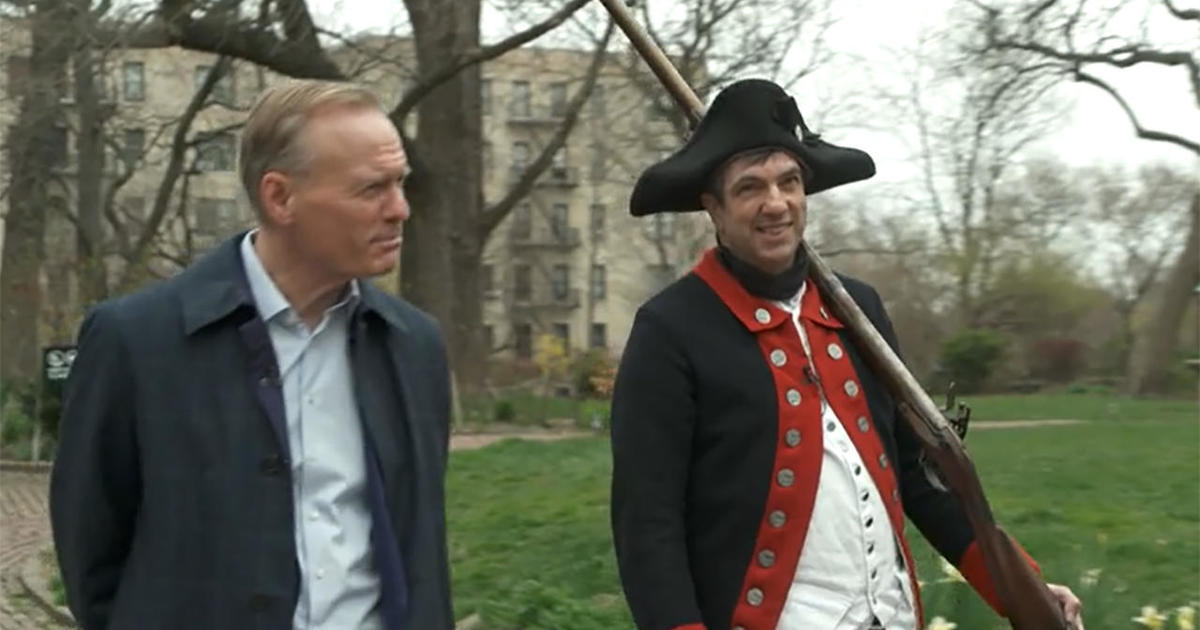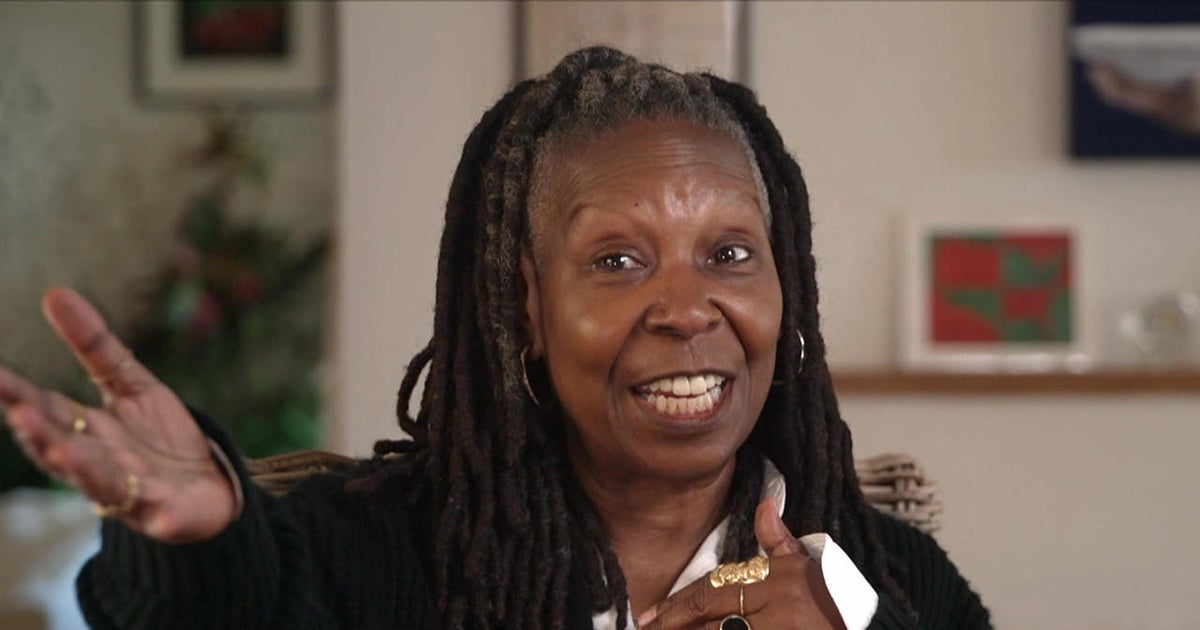Fine-tuning the art of piano-making with Paolo and Luca Fazioli
To the many sounds you'd expect to be produced by a forest, consider including this: the sound of the piano. The majestic "red spruce" growing in the Val di Fiemme of Italy's Dolomites has been prized by instrument makers for centuries.
To see why, "CBS Sunday Morning's" Seth Doane followed in the snowshoe tracks of an Italian forest ranger and Luca Fazioli, a second-generation piano maker.
"This could be a good tree for a resonating wood," Luca told Doane.
Yes, "resonating." This likely 200-year-old "red spruce" has good acoustic properties because, at more than 7,000 feet, these trees — dormant in winter months — grow slowly. That produces a desirable, even wood grain.
Some of the best planks wind up at the Fazioli's piano factory a couple hours away in the town of Sacile. It's where they make the sort of instrument that's turned a celebrity into a fan in the case of jazz great Herbie Hancock.
"I have in my contract that I will only play a Fazioli piano," Hancock said. "It just feels elegant — it feels like a very rich sound — and it just begs you to play it."
"You think this is something that only someone with, what, 14 Grammy's can hear? Or could the rest of us hear?" Doane asked.
"The rest of you hear it," Hancock said.
Fazioli uses a dozen different types of wood in a single piano, including African mahogany for the rim, but it's that Italian red spruce used for the "soundboard" that's key to giving this instrument its voice.
"The grain of this tree have to be exactly straight," Luca said. "Because the sound run through the grain."
In a room of soundboards being "seasoned," Luca demonstrated how, even at this stage, the sound of the piano emerges.
Paolo, Luca's dad, is the Fazioli who gave this piano its name. He started making these instruments 40 years ago.
"The wood is very light — and in the same time is also very strong. And for the soundboard — these are the best characteristic," Paolo said.
The son of furniture makers, Paolo was fascinated by the inner-workings of a piano his father got him as a boy which, he says, sounded "terrible."
"The piano was not sounding well," Paolo told Doane.
"And you thought, maybe I can fix it?" Doane asked.
"Yes," Paolo said. "I start his way to study the piano — but also to look inside."
That curiosity has been built into a business employing about 50 people who turn out around 140 handcrafted pianos a year.
Each one can take nearly three years to build and sell for upwards of $200,000. Custom models can reach half a million.
In 2003, Paolo Fazioli invited Herbie Hancock to come to Italy for a tour.
"He had prepared three pianos for me. I tried the first one, which sounded lovely," Hancock said. "Then I played the next one and it had this huge sound, like — WOW. Right? Then I play the third one and it was so sweet. That it would just make you cry. I thought, oh, this will make all the girls cry. I gotta have this one."
While the piano was invented by an Italian — Bartolomeo Cristofori — around 1700, it was richer countries, including Austria and Germany, that later perfected its production.
"Why is it so many people have not heard of a Fazioli?" Doane asked Hancock.
"Hasn't been around that long," Hancock said. "So there are a lot of people that just don't know about Fazioli — he can't make them fast enough."
That's by design. Paolo Fazioli told us he wants to be able to test each one. After employees left for the day. We found the 76-year-old still at work.
"There is some piano that is generally, they are very powerful, some of the piano, they are more sweet," Paolo said. "And then you must follow the character on the piano."
He follows every step with one notable exception.
"When they come to bring the piano, the movers, I watch in another direction," Paolo said. "I don't like to see it."
Each Fazioli is particular, but what they all have in common is this kind of transparency.
American pianist Rachel Naomi Kudo met Doane at Fazioli's in-house concert hall.
"It really connects with whomever wants to play it," Kudo said.
"It is an inanimate object," Doane responded.
"Yes, but I believe each piano is alive," Kudo said. "And it's through the performer that it becomes alive for the audience."
The Juilliard-trained pianist from Chicago demonstrated what this piano can do.
"An average piano, let's say maybe the range is like this, I would say Fazioli — every Fazioli — the capacity for expressive range would be like this," Kudo said while playing. "It's shocking."
Years after playing their pianos, Kudo met and married Luca Fazioli.
"You feel in love with Fazioli, the piano, before you fell in love with Fazioli, the man," Doane said.
"Of course, I didn't even know that there was a man," Kudo said.
It adds another dimension to the love affair here that's centered around this instrument. And it has roots back in that Alpine forest where centuries ago, Luthier Antonio Stradivari got the red spruce for his violins.
This special forest has impressed generations of musicians and instrument-makers who, in turn, inspire the rest of us.



